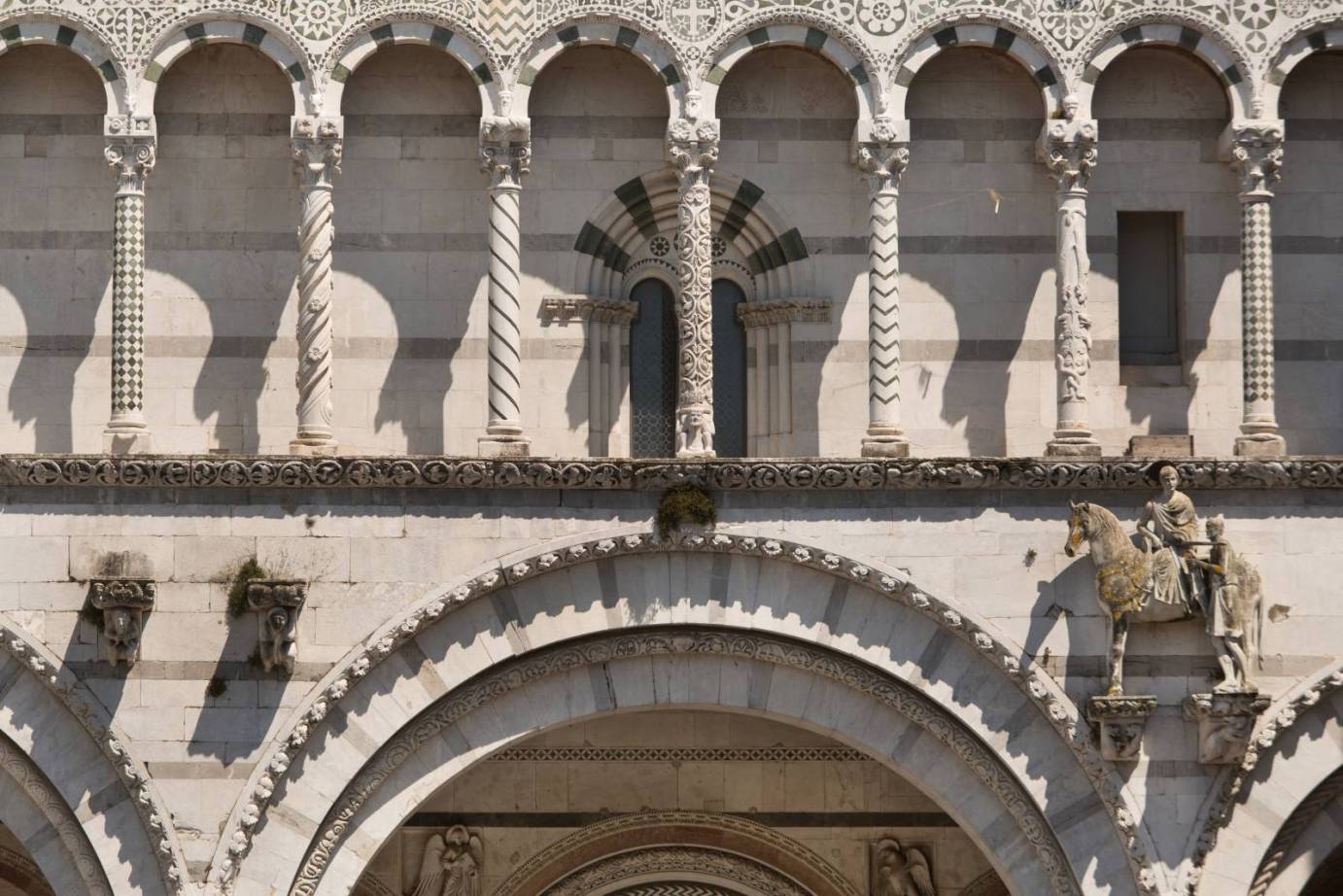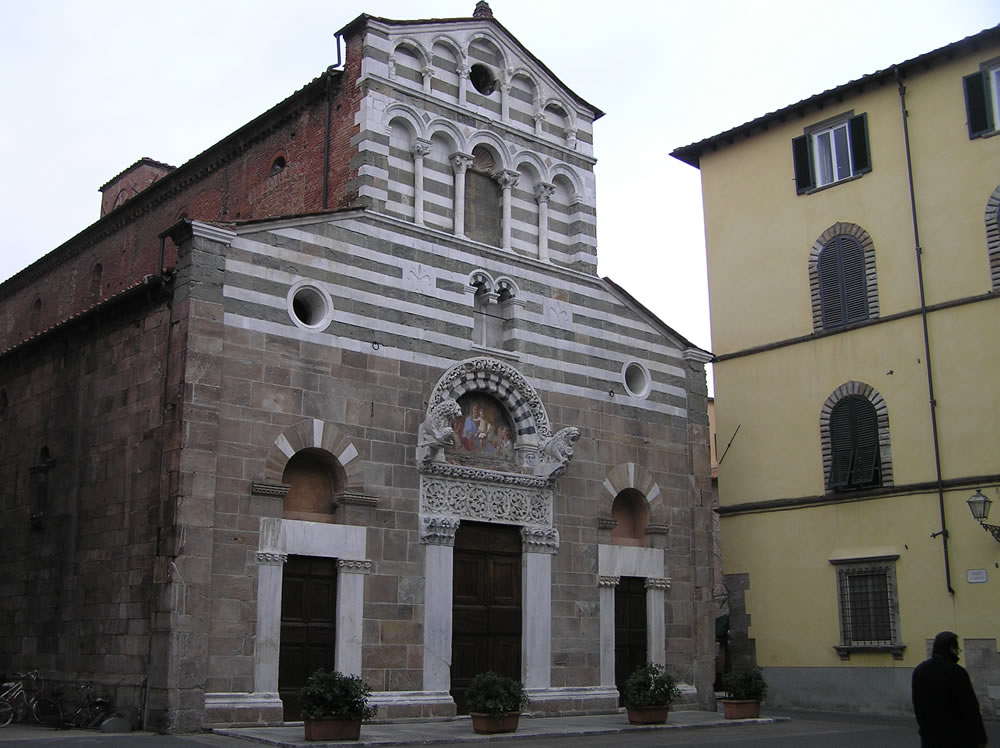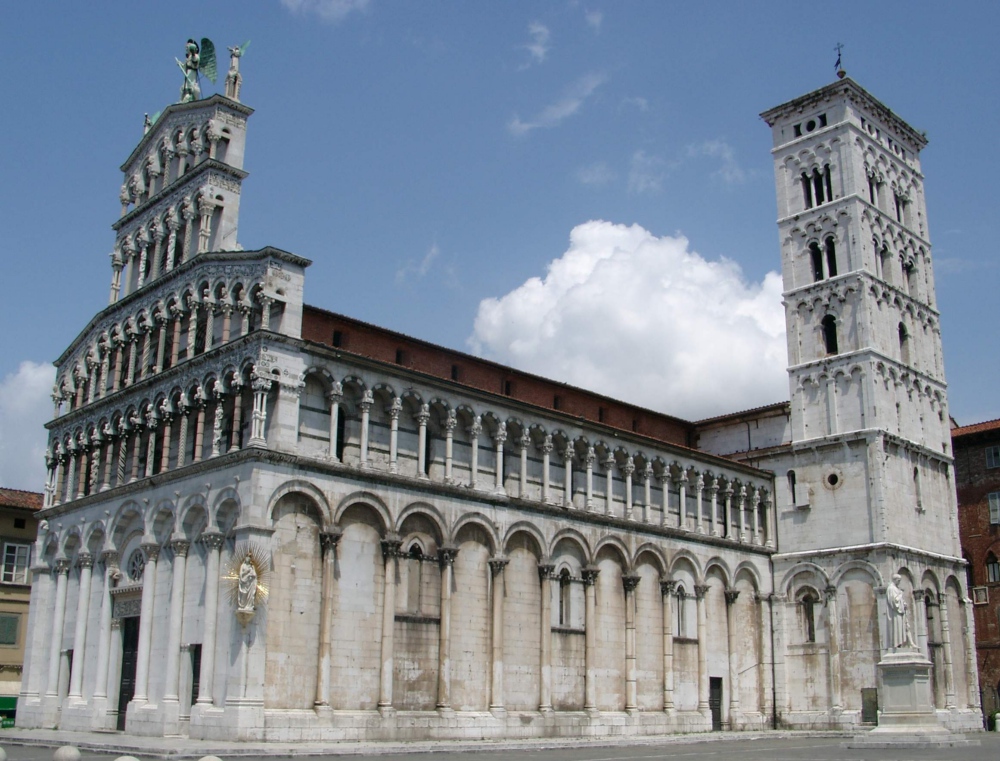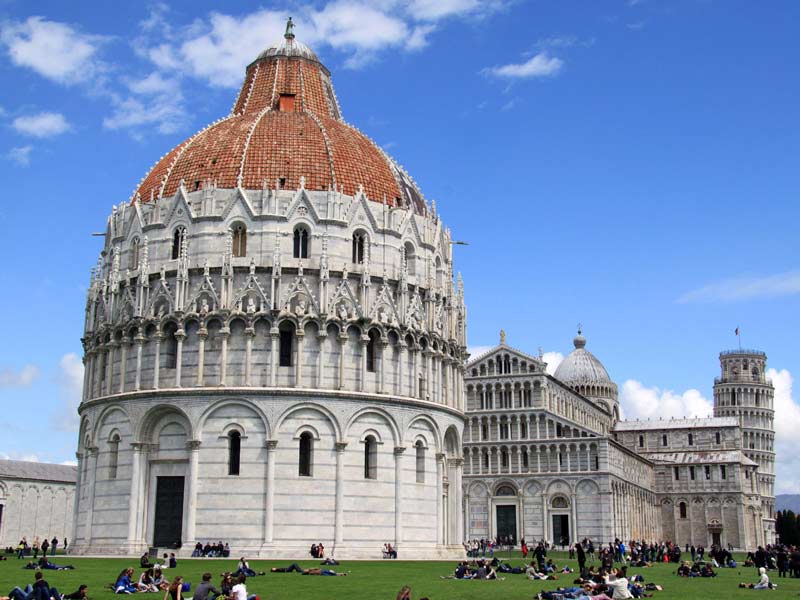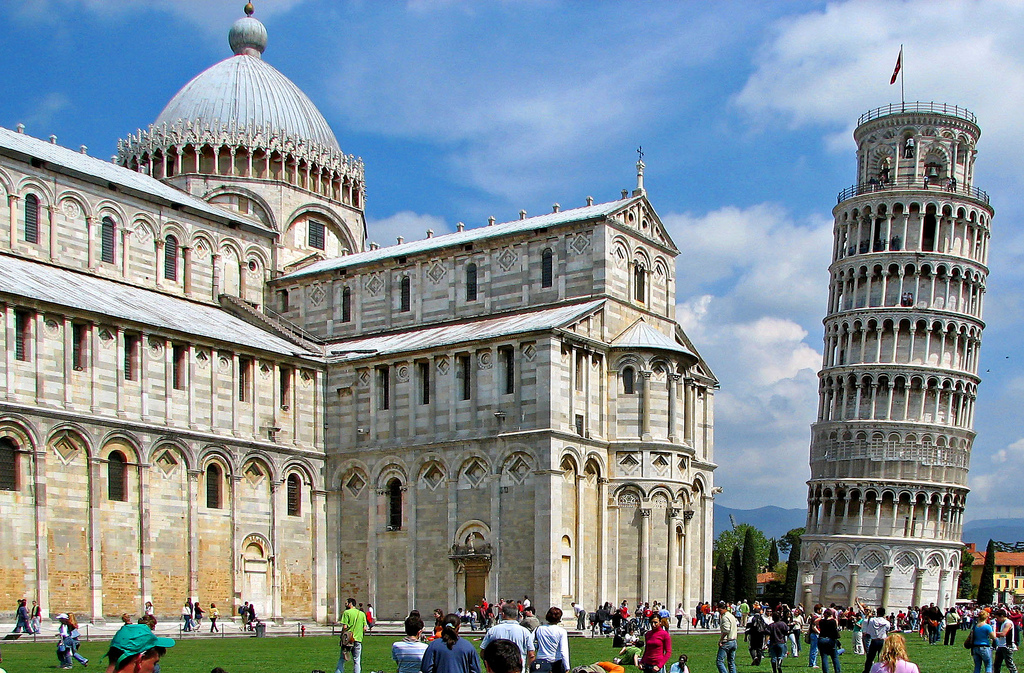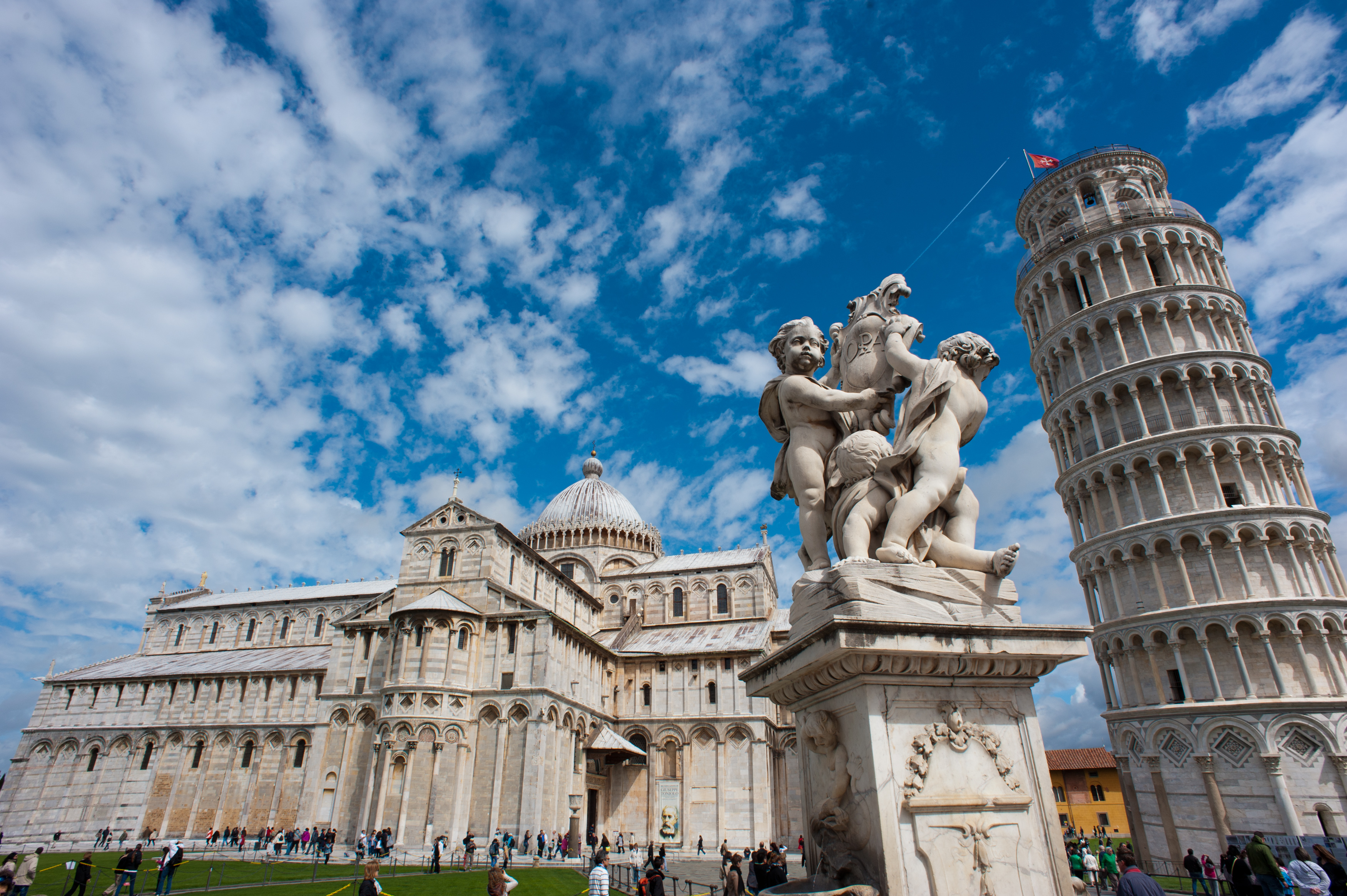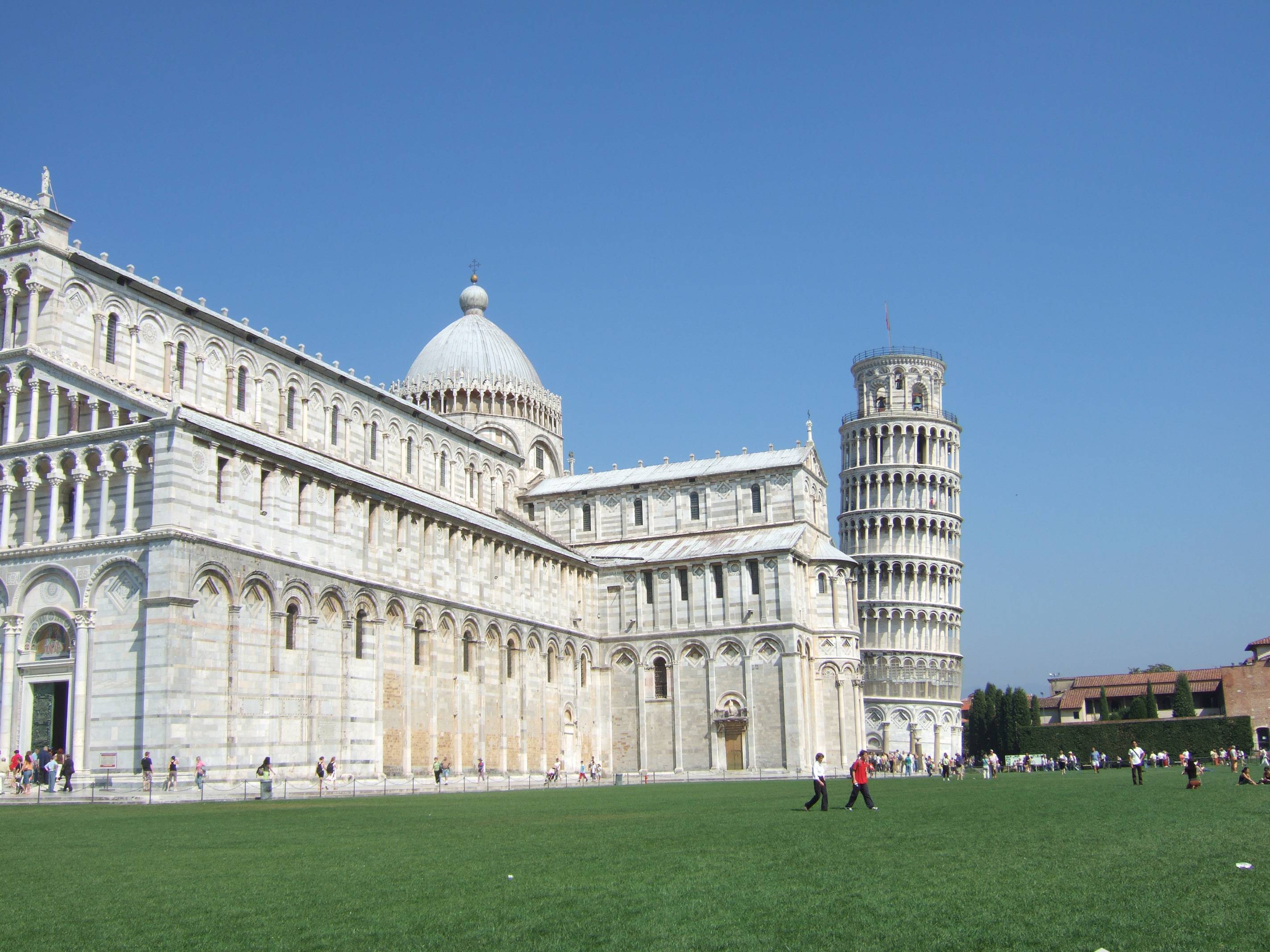This tour will start with us picking you up at your hotel and than having a lovely drive up from the region of Lazio into Tuscany passing many beautiful areas and countryside of Italy. Tuscany has some of the most stunning countryside with medieval towns popped in the middle. It is here that some of the best wines and oils are produced and you will be able to see where it is all grown.
PISA
Lying a few kilometers from the sea, at the end of a long fertile plain of the river Arno, Pisa is in the center of an area characterized by an incomparable natural environment, composed of great woods along the shores dominated by the scent of pine and salty air, now enclosed in a Nature Park that protects them. Pisa, an ancient Roman port and great maritime republic, is no longer on the sea but its splendid past lives within its abundant historic and artistic monuments. The Campo dei Miracoli (“Field of Miracles”) is a wide, walled area at the heart of the city, recognized as one of the main centers for medieval art in the world. Partly paved and partly grassed, it is dominated by three great religious edifices: the Duomo, the Leaning Tower, and the Baptistry. Pisa Information and TourismThe Leaning Tower of Pisa is the campanile, or freestanding bell tower, of the main cathedral in Pisa. Although intended to stand vertically, the tower began leaning to the southeast soon after the onset of construction in 1173 due to a poorly laid foundation and shifting soil that has allowed the foundation to slant. It is so amazing to see and climb the world’s greatest cock-up. At the heart of the Campo dei Miracoli is the Duomo, the medieval cathedral, entitled to St. Mary. It was begun in 1064 by the architect Buscheto and is the originator of the distinctive Pisan Romanesque style in architecture. The facade is of green and white marble bands of stone that is very typical of this style, and inside there are mosaics demonstrating a strong Byzantine influence, while the pointed arches point to Muslim influences. The Baptistry is a great example of the transition from the Romanesque to the Gothic style; the lower levels are in the Romanesque style, with rounded arches, while the upper sections are in the Gothic style, with pointed arches and entirely constructed in marble. Within, a marble pulpit can be found, carved by Nicola Pisano in 1260. The interior is spacious and acoustically perfect. Constructed on the same unstable sand as the Tower, the Baptistry, (as well as the Cathedral) leans 0.6 degrees toward the cathedral. Pisa for these reasons is unique and extraordinary to any other city in the world.
LUCCA
Lucca is a city quite particular, and in a way, magical. Since early Roman times the historical eras of Lucca are manifested in the various and abundant architectural splendours, invention and modification superimposed on its precedent page in history. Lucca is adorned from the severe romanic to the most sumptious of the renaissance resulting in a splendour of unsurpassed harmony. The superb churches of San Michele and San Martino integrate splendidly with the noble palaces built four or five hundred years later. The Roman amphitheatre, superimposed with the ancient market place, blends with the rest of the city as if it were an architect before its time projecting to the citizens the style in which the city was built. The pleasure that Lucca concedes is not only artistic, the old grocery and pastry shops situated in the via Fillungo offering the most exquisite local specialities, the wine taverns, the characteristic trattorias and the restaurants testify to the long tradition that the Lucchese have for the pleasures of the table. This is also a form of culture that has been handed down for centuries and hopefully will never cease, as never passes by fashion for the art treasures that Lucca offers and permits to be lived daily.



